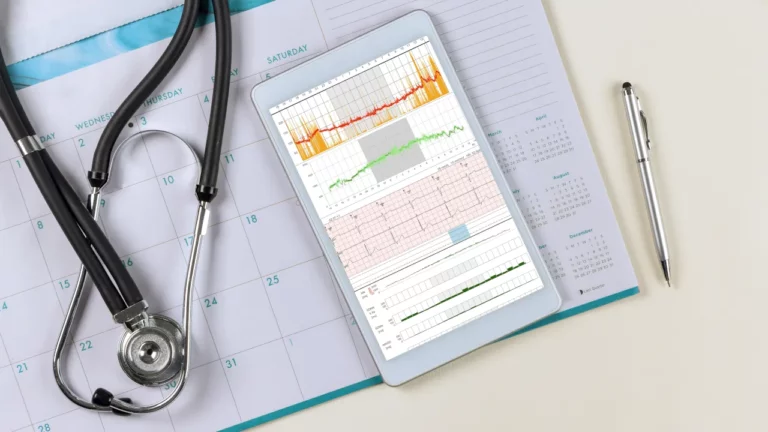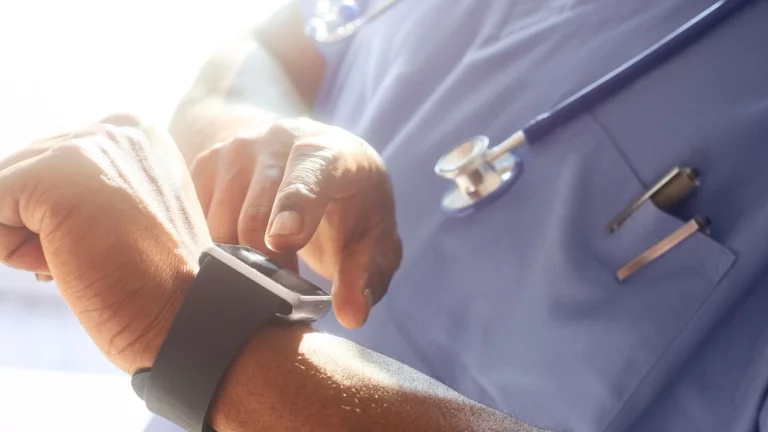The consequences of COVID-19 have extended beyond the illness and emphasized the burdens of inequity, insurance coverage, and financial losses. While health care policies and platforms worldwide continue to reshape to address these burdens, the detrimental effects of this deadly virus did not spare cancer patients.
Cancer accounts for nearly 10 million deaths in 2020. It is the second most common cause of death in the US, just behind cardiovascular diseases. Vaccine rollouts put cancer patients on the priority list because of their impaired immune system due to cancer itself and its treatment.
The American Cancer Society identifies the following consequences of COVID-19 among cancer patients:
1. Reduced access to healthcare
In addition to being on the vulnerable list of patients, the fear of acquiring infection due to low immunity reduced the regularity of clinic visits among cancer patients. Hospitals gave more precedence in reallocating health care resources to treating COVID-19 patients, taking cancer treatments in the back seat.
2. Delayed Routine Care
The fear of contracting COVID-19 has limited patients from visiting clinics and hospitals to get themselves tested for cancer-related symptoms. In addition, the delayed routine care will underestimate the number of newly diagnosed patients because of the declines in cancer screening and preventive care checkups.
RELATED: Top 5 Chronic Diseases You Should Not Ignore
3. Later-stage Diagnosis
As a result of delayed screening and checkups, most patients will be diagnosed with later stages of cancer. By the time the patient enters stage III and IV cancer, the chances of survival would become slim. In addition, increasing cancer-related symptoms will require more intensive treatments.
4. Delayed/Modified Treatment
Postponing definitive therapy for cancer, such as surgery, radiation, and chemotherapy, results in increased cancer mortality over the long term.
Optimizing Telehealth for Cancer Patients
The benefits of telehealth have been tested in different clinical settings. It continues to evolve to augment health care providers in delivering medical care to at-risk populations such as cancer patients. By increasing access to care, telehealth potentially reduces hospital costs and even hospital admissions among cancer patients with COVID-19.
Remote patient monitoring has given more patient-doctor engagements. In addition, with wearable health technology devices, integrating models such as symptom management, lifestyle modification, and medication adherence provide more holistic care and give more patient satisfaction.
RELATED: Remote Patient Monitoring and Care Coordination
Lack of palpation: a significant limitation?
Potential problems may still arise as health sectors try to adapt and implement effective strategies to provide proper care to cancer patients. For example, first-time virtual consults may not be ideal for screening and testing for cancer since the physical examination is essential in assisting providers in deriving a correct diagnosis. By palpating lumps in a patient’s body, the provider can recognize the nature of the disease and even check other body organs for cancer progression.
But in this world of volatility and uncertainty, the only significant limitation with telehealth is the patient’s awareness. Even with cancer patients, any health condition can be collaborated and optimized with the help of telehealth and remote patient monitoring. The future of our digital health care technology lies in the ability of providers to assess vital signs if a critical patient is presented. Also, training is essential to facilitate rapport, maximize engagement, and conduct an accurate virtual exam during telehealth.
In conclusion
The COVID-19 pandemic will leave a significant impact on our society. As we begin to shift towards the “new normal,” integrating telehealth as a risk-reduction tool to augment cancer care is promising and can be implemented into routine practice.








